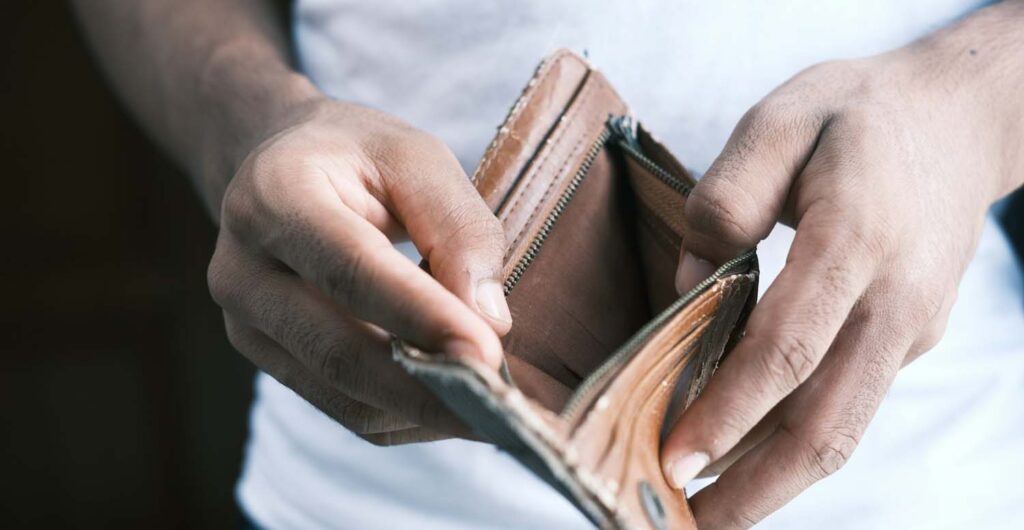Written by Elijah Shoults

During his 2020 campaign President Biden spoke about the need to forgive student loan debt. During a recent visit to Wisconsin he touched on this message again with a fresh proposal for how that can be accomplished:
- His administration has combined several disparate repayment plans into a single option with more lenient terms.
- More people are eligible for loan cancellation after making 10 years of payments, rather than 20.
- More borrowers are eligible for lower payments and to have interest growth eliminated.
The primary purpose of publicly financed college should be to train professionals to do the jobs which are necessary to the functioning of our increasingly complicated society. We need doctors, chemists, engineers, computer programmers, and these people shouldn’t have to spend decades of their life paying off debts just because they wanted an education. They also shouldn’t have to put up with greedy and incompetent loan servicers who try to cut corners in order to save a buck:
Loan servicers have:
- billed people prematurely.
- sent bills to borrowers who should be in forbearance.
- inflated payments by using incorrect poverty data, faulty household income or size, or not accounting for spousal loan balances.
Now, some people might object by saying “they decided to take out a debt, it’s their responsibility to pay it back”. Under ideal circumstances this may be a reasonable expectation, and many graduates have been able to achieve financial success and pay off their debts.
Unfortunately, many of us experience circumstances which are neither “ideal” or “normal.” Some people have had to pay more in interest than the principal amount of the debt. The danger of getting into debt deters many people from seeking higher education. We need loan forgiveness to mitigate this danger because even if some loans aren’t recouped, we all benefit from having a thriving, skilled workforce.
Additionally, when someone’s loan is forgiven then that frees them up to spend money on groceries, utilities, and in many other ways which benefit the economy. It’s also important to keep in mind that even when adjusted for inflation the cost of college tuition is much more expensive than it was in the 60s, so paying for college is much more difficult for today’s young people than it was for their parents and grandparents.
From negotiating settlements for credit card or medical debt, to filing for bankruptcy, there are plenty of avenues in our society for all sorts of debts to be settled or cancelled altogether. For example, during the early days of the COVID pandemic Congress passed the Paycheck Protection Program with nearly unanimous support, which allowed for businesses to apply for loans which could later be forgiven. Many of those same Republicans who agreed to pass that legislation are now opposing student loan forgiveness.
In 2023 the six conservative Supreme Court justices struck down the President’s first loan forgiveness plan, the three liberal justices dissented with the majority’s opinion. While President Biden’s political opponents have blocked some of his efforts, he has still managed to use the tools available to him to forgive more student loan debt than any other president in history.
Biden has:
- added to the list of people who could benefit from Public Service Loan Forgiveness,
- expanded the scope of total and permanent disability discharges,
- cumulatively forgiven $168.5 billion in federal student loan debt for 4.75 million borrowers.
During her own career Kamala Harris has also fought to help alleviate student debt:
As attorney general for California she filed charges against colleges for false advertising. As a senator she supported making 4-year public colleges and universities free for families making up to $125,000 a year and free community college for everyone. During the 2020 primaries she had her own student loan forgiveness proposal.
If we elect Harris as President and give her a Democratic majority in Congress they could do much more to alleviate the burdens of these crushing debts.
